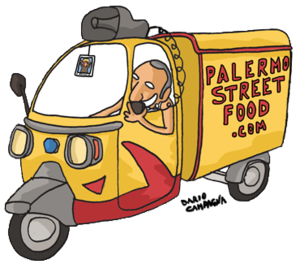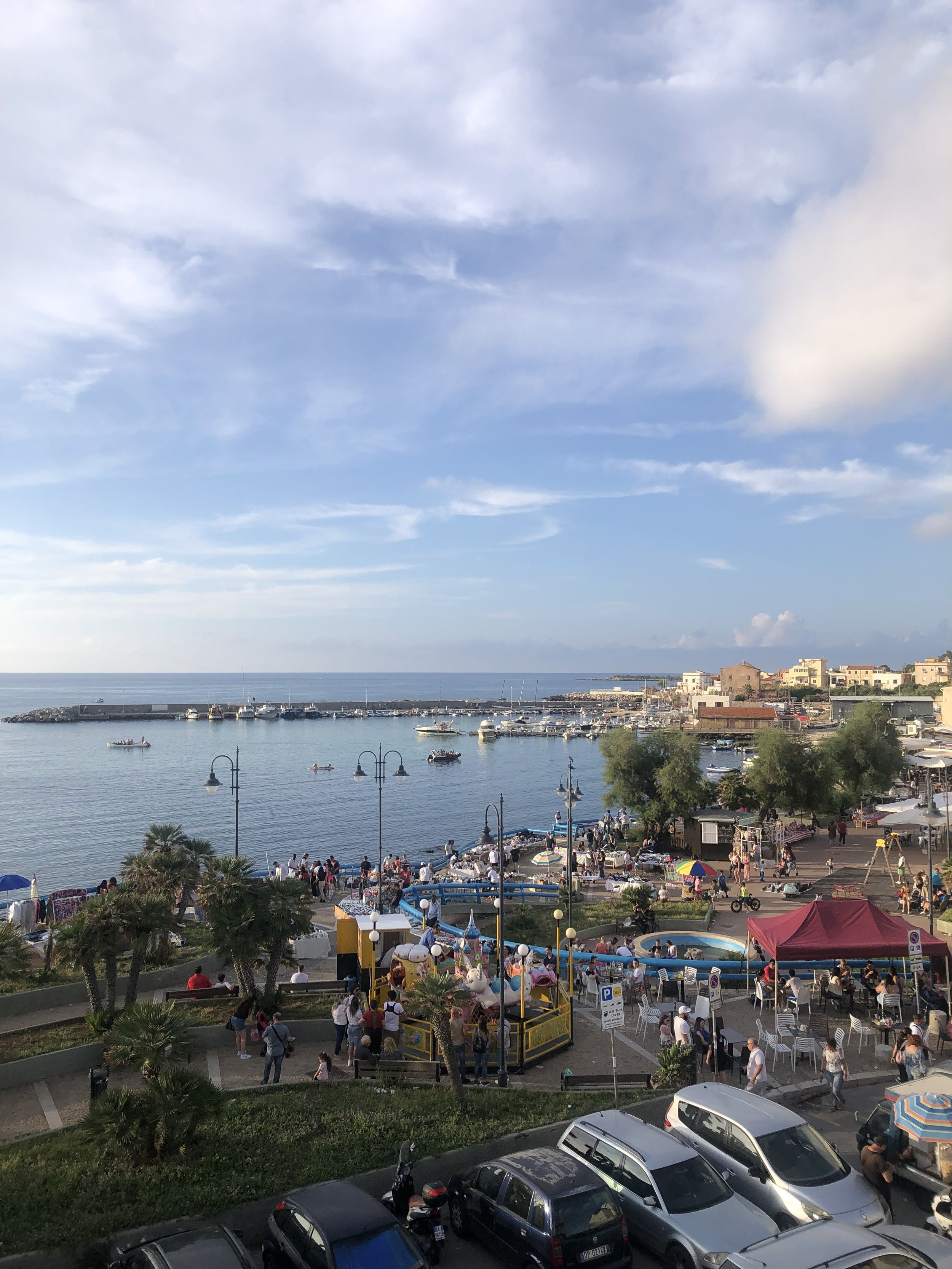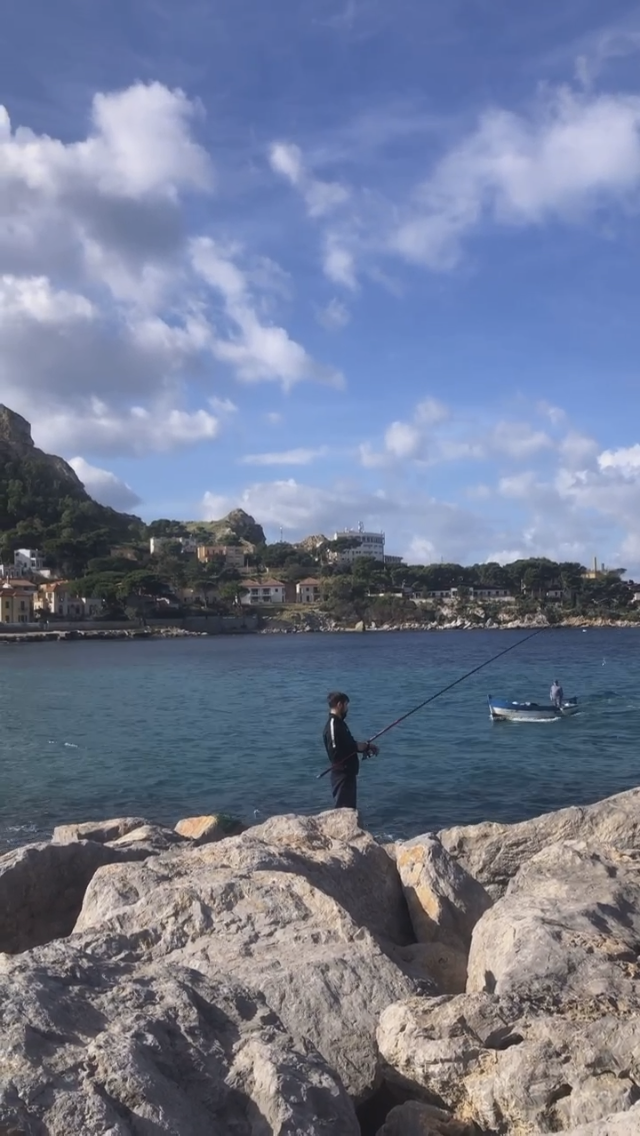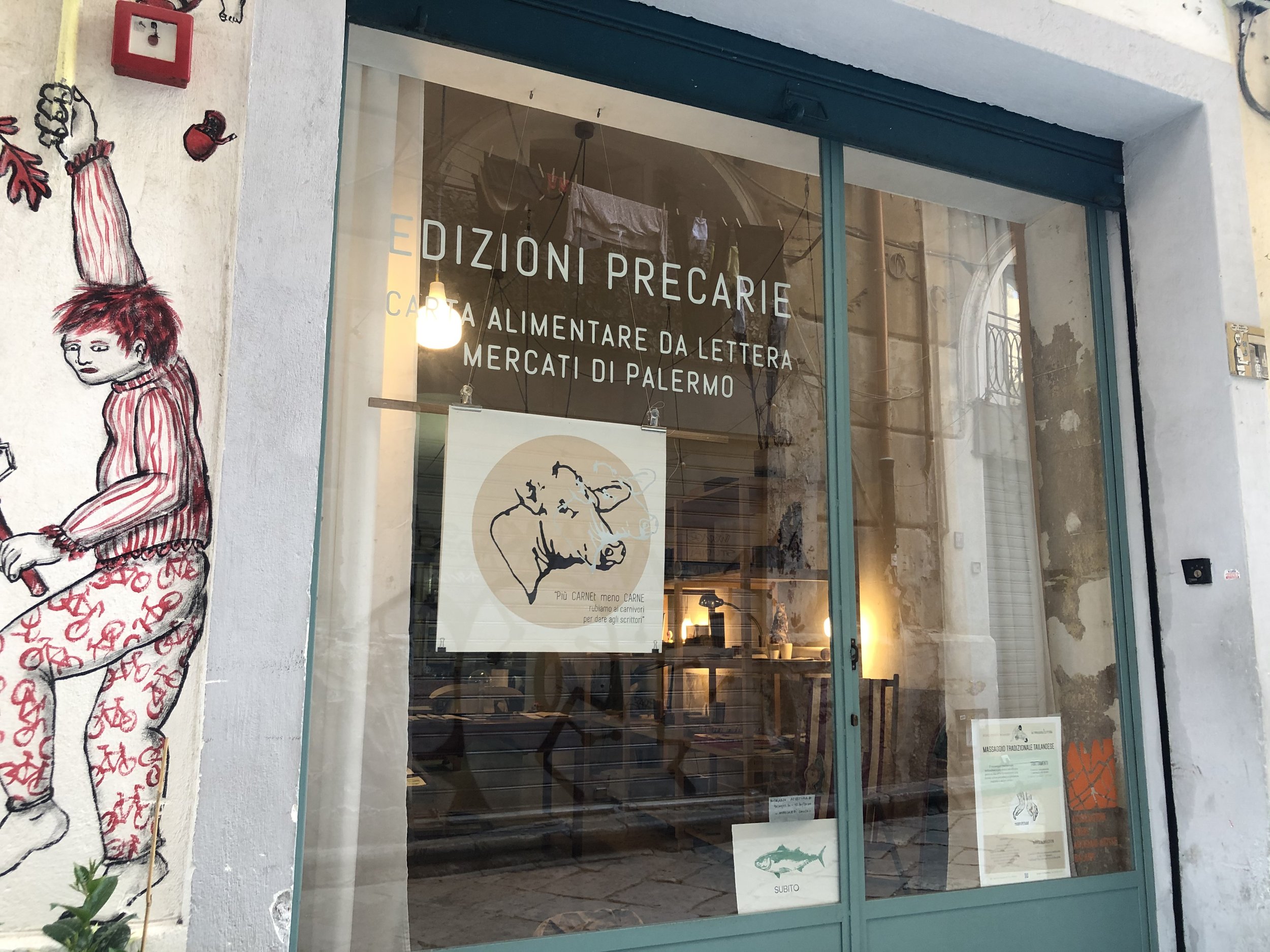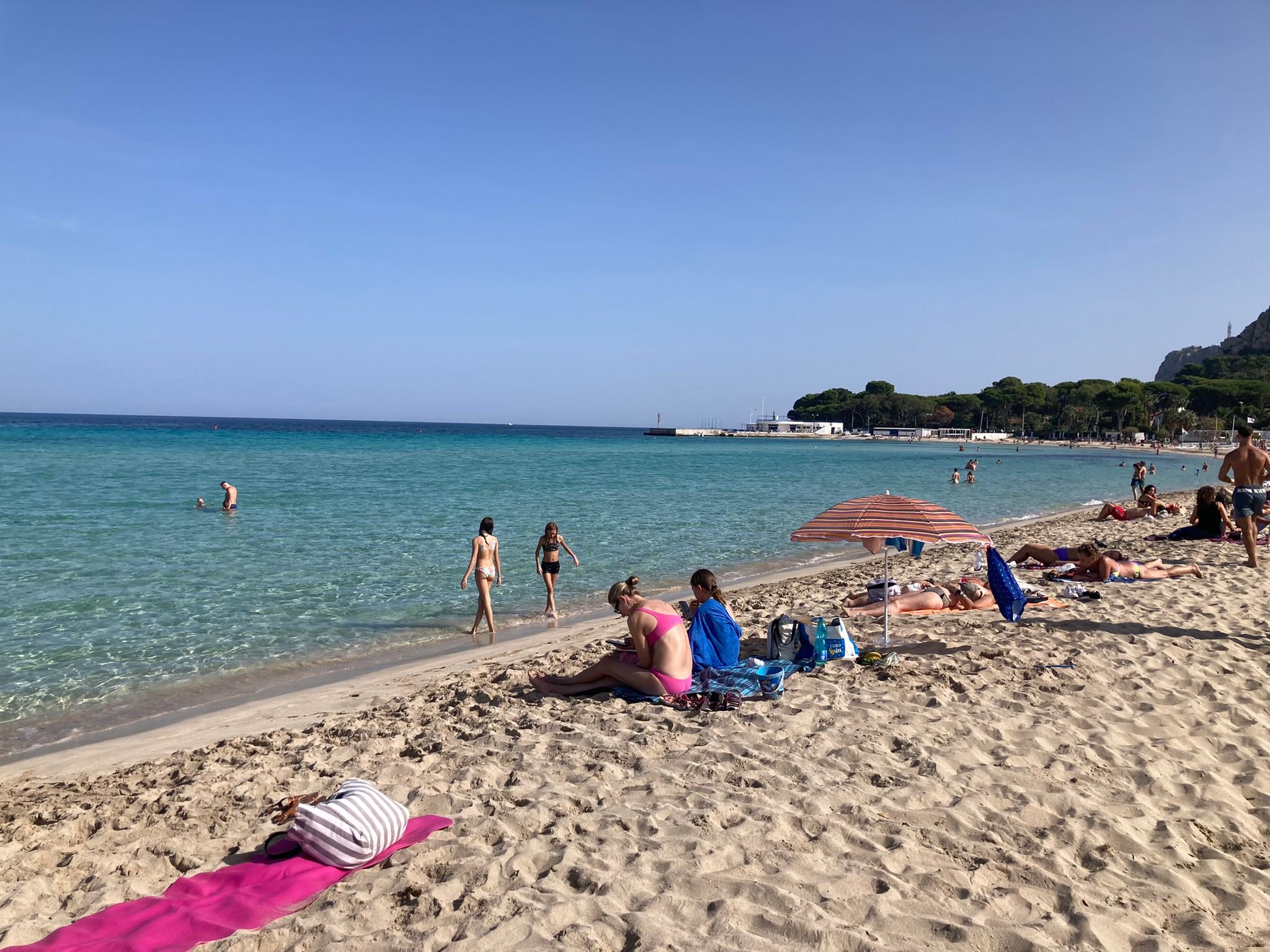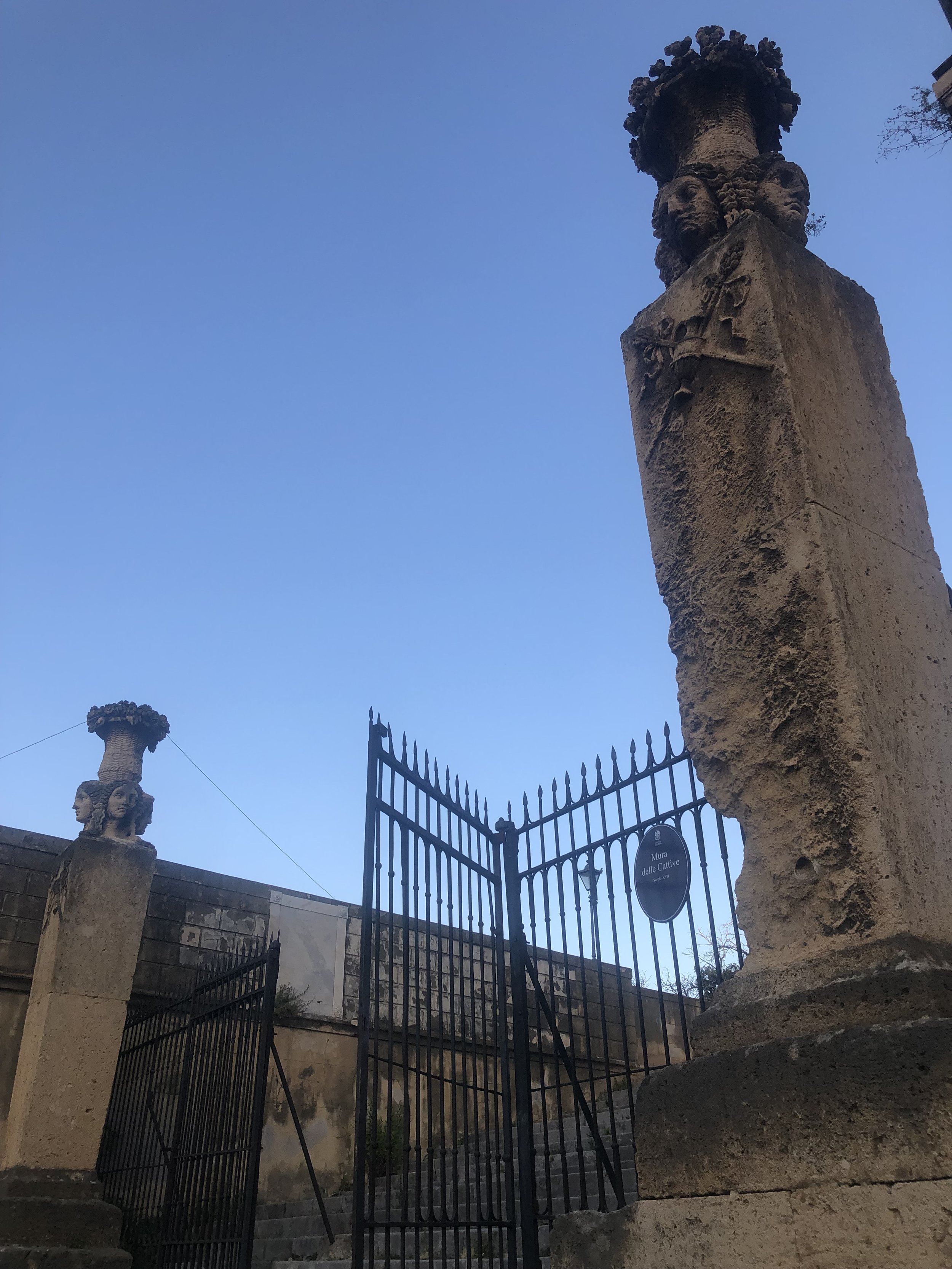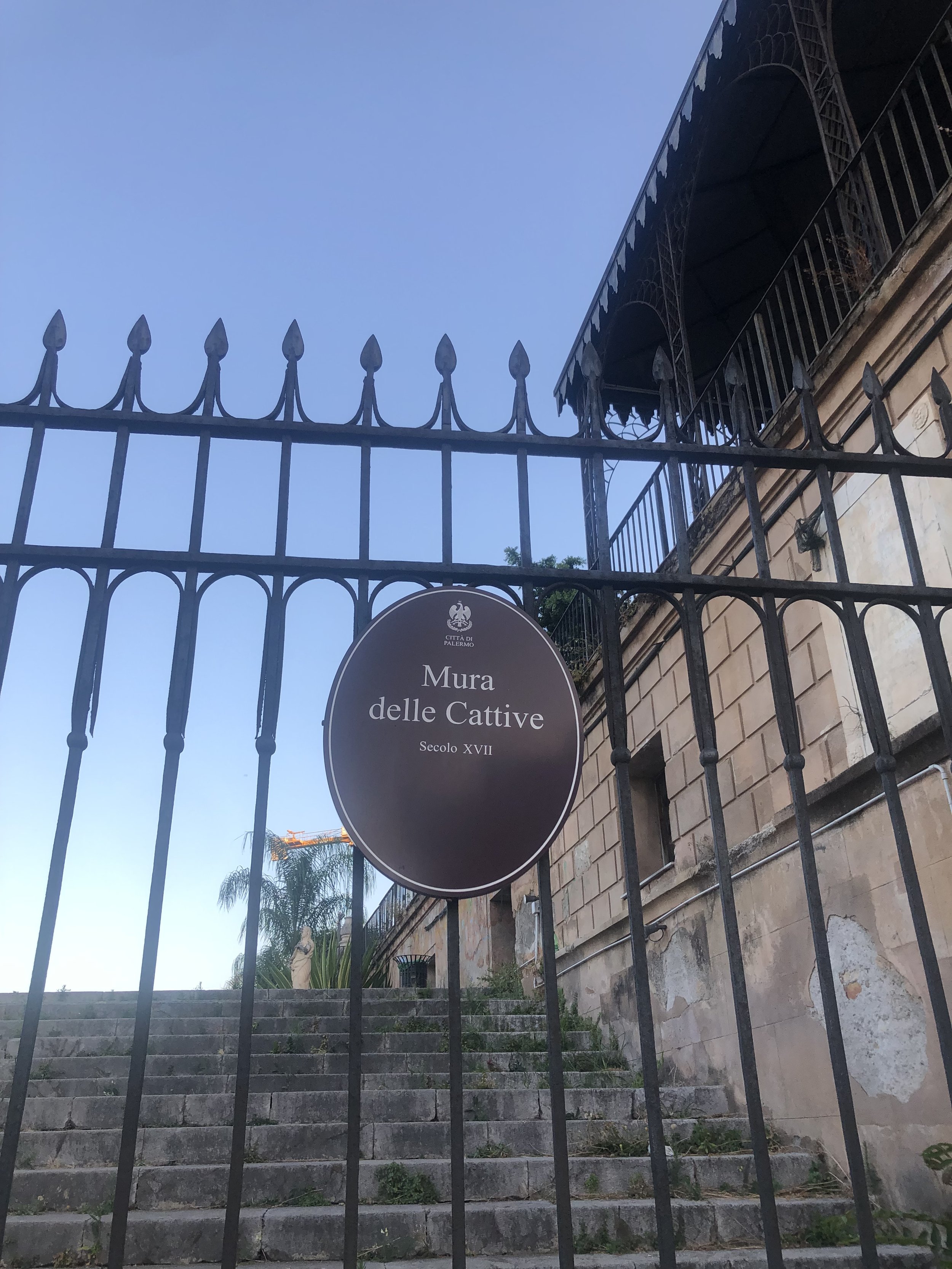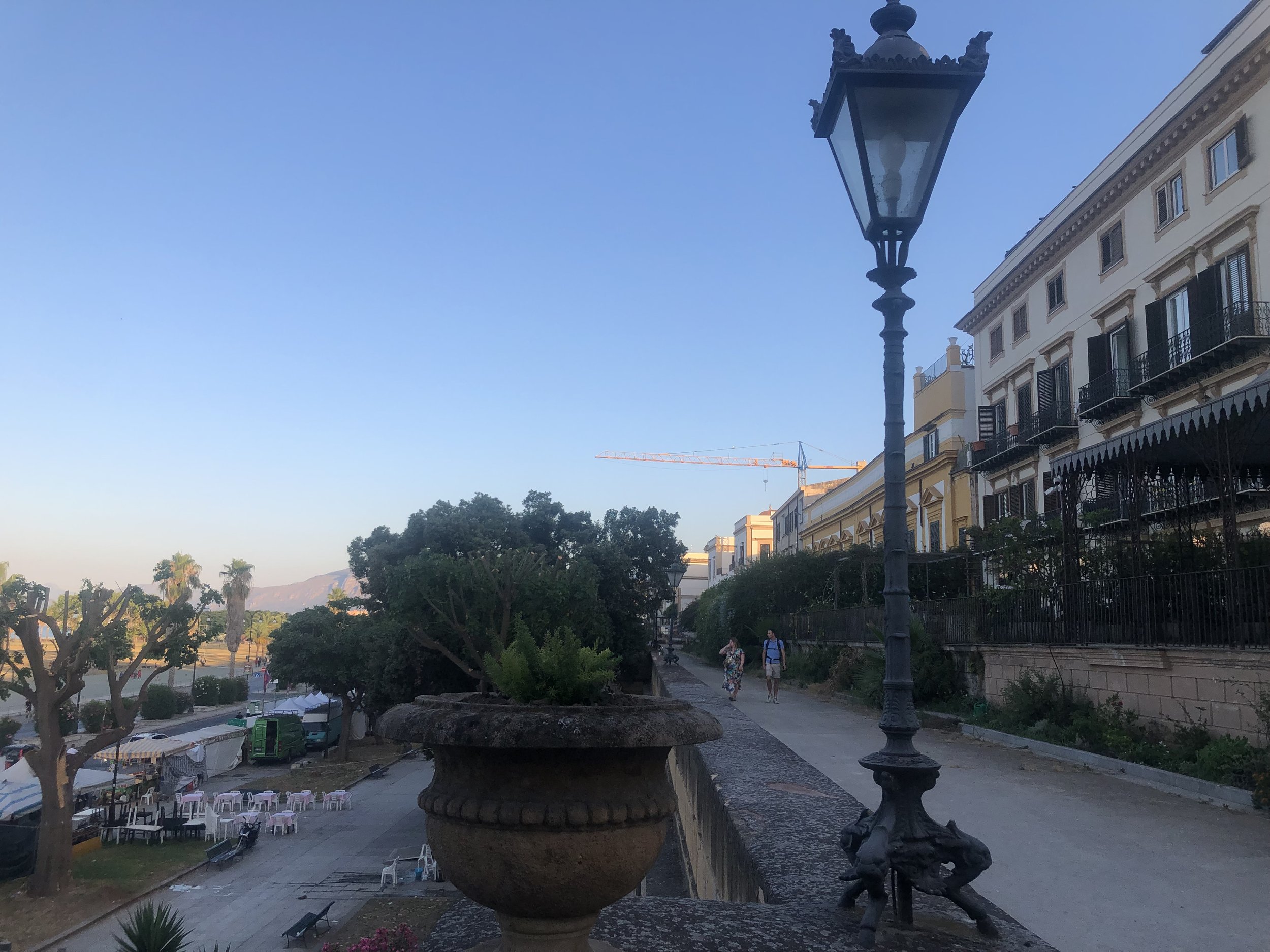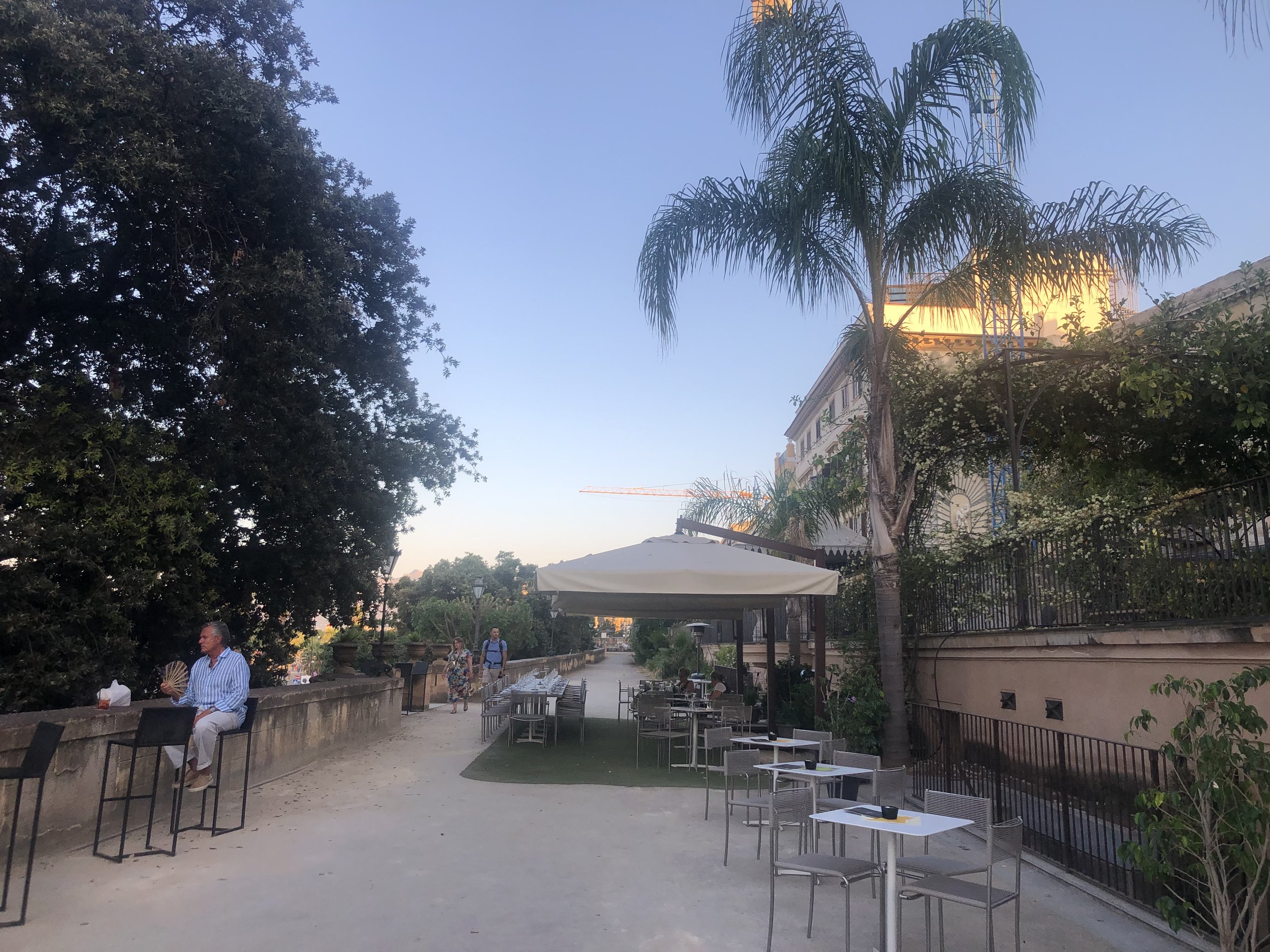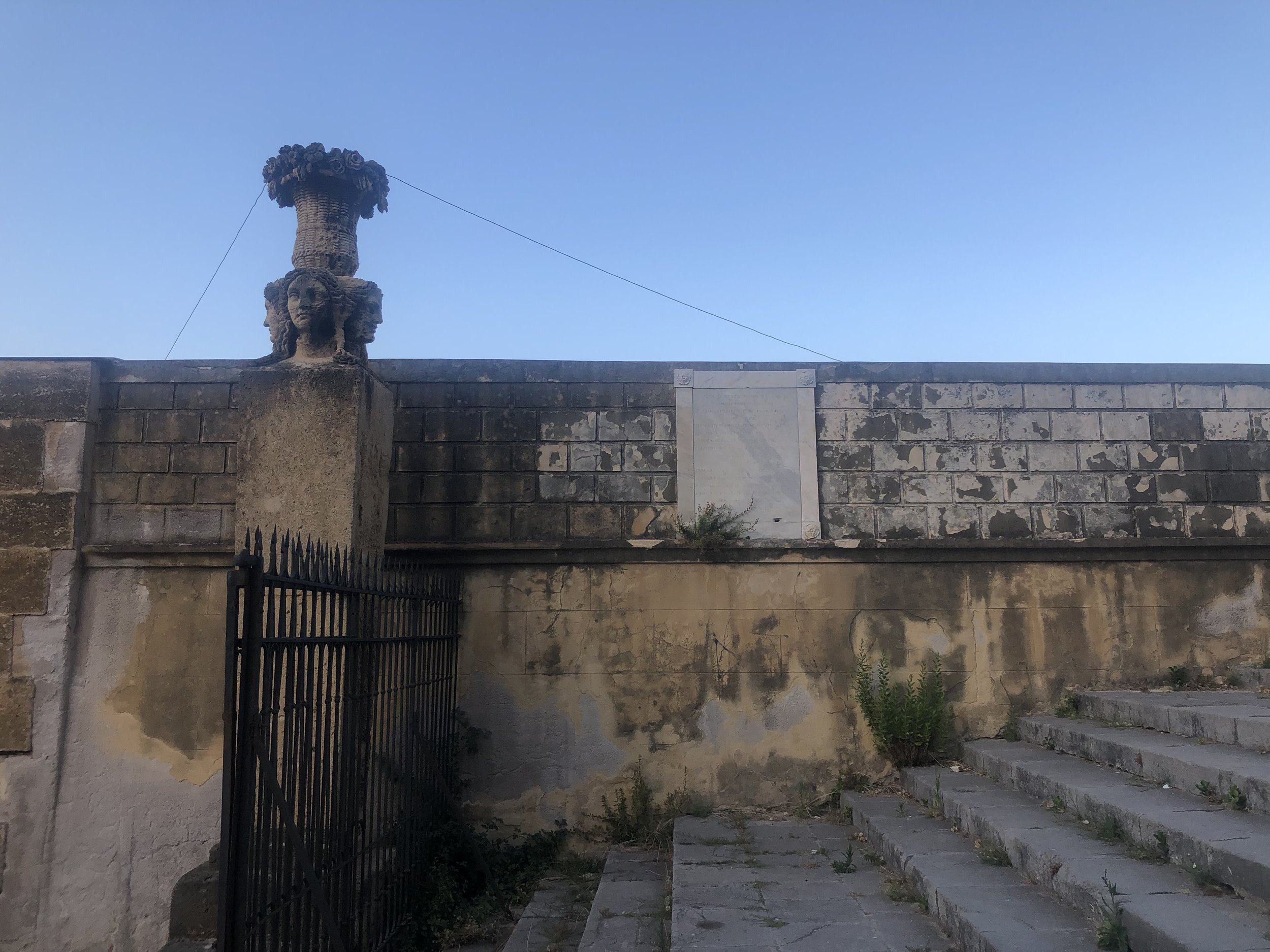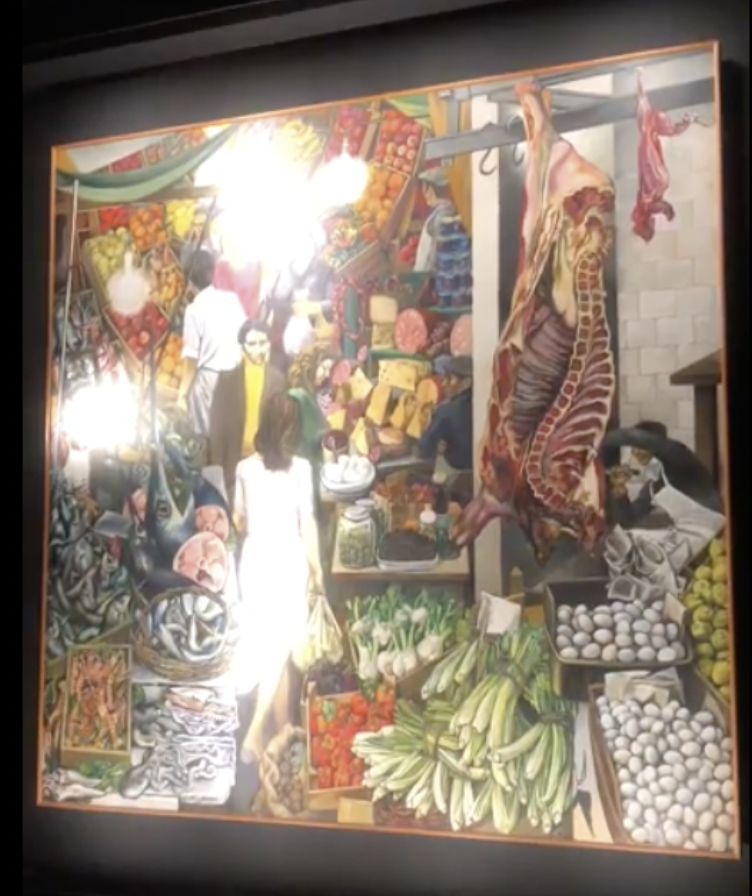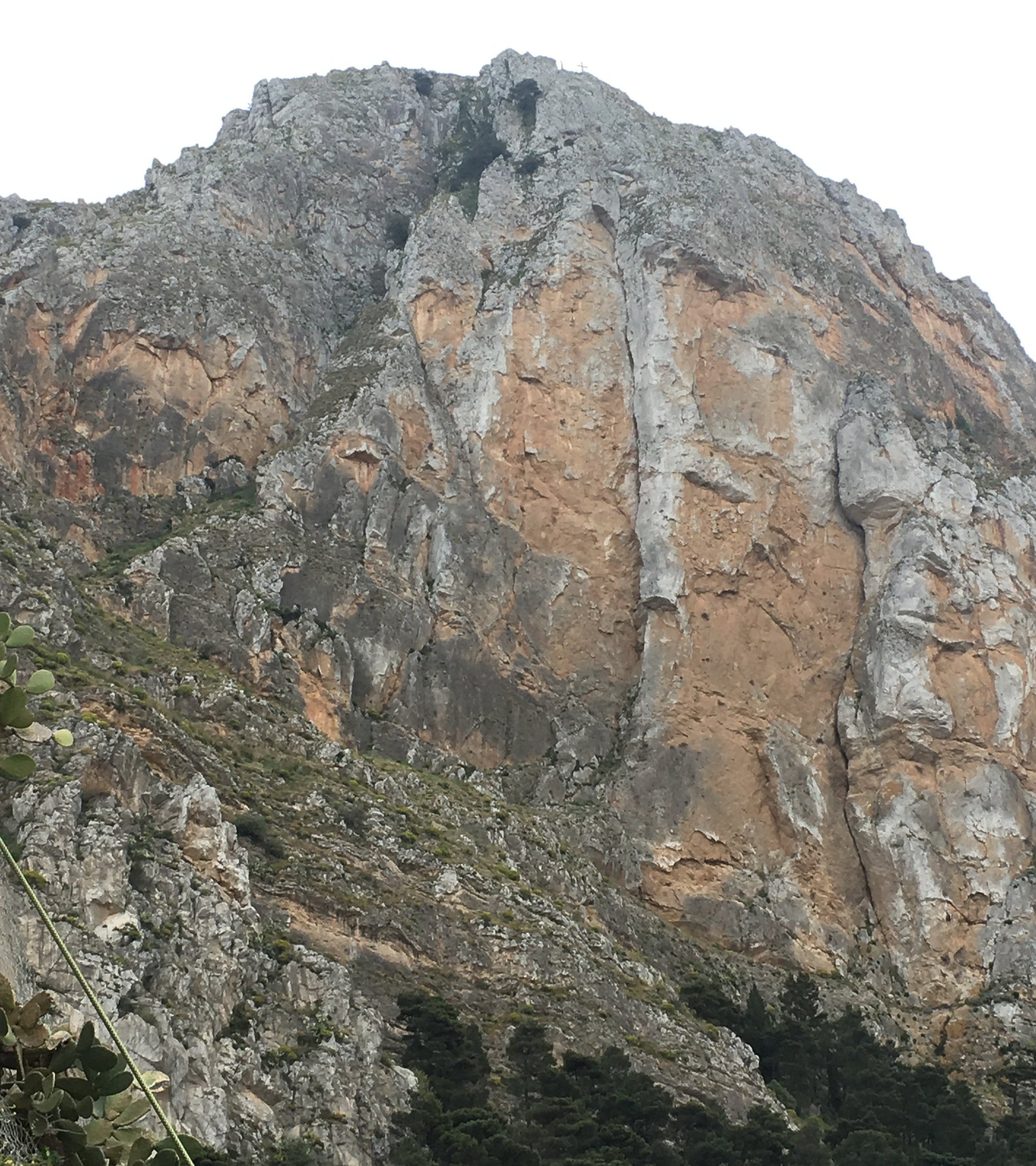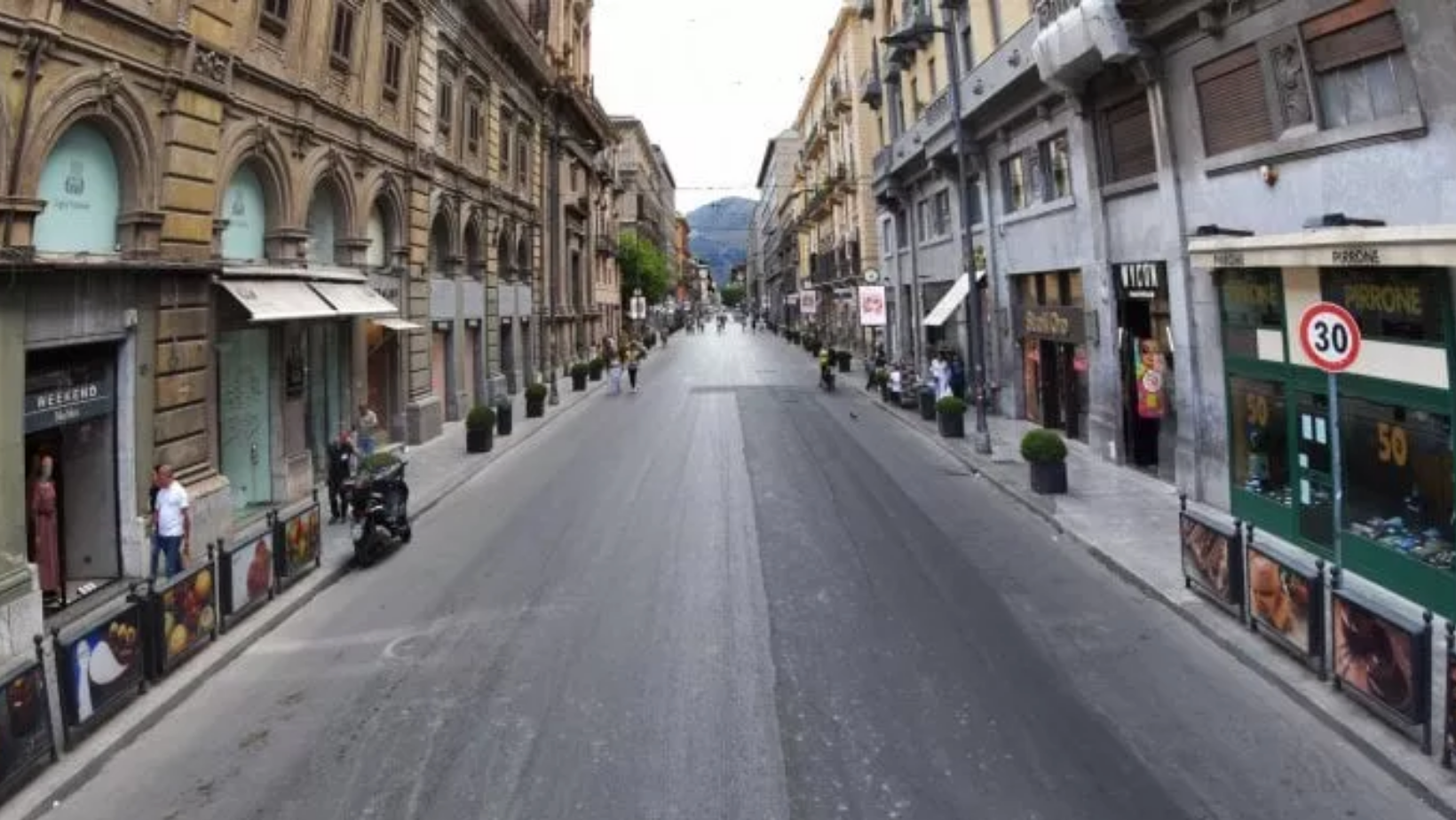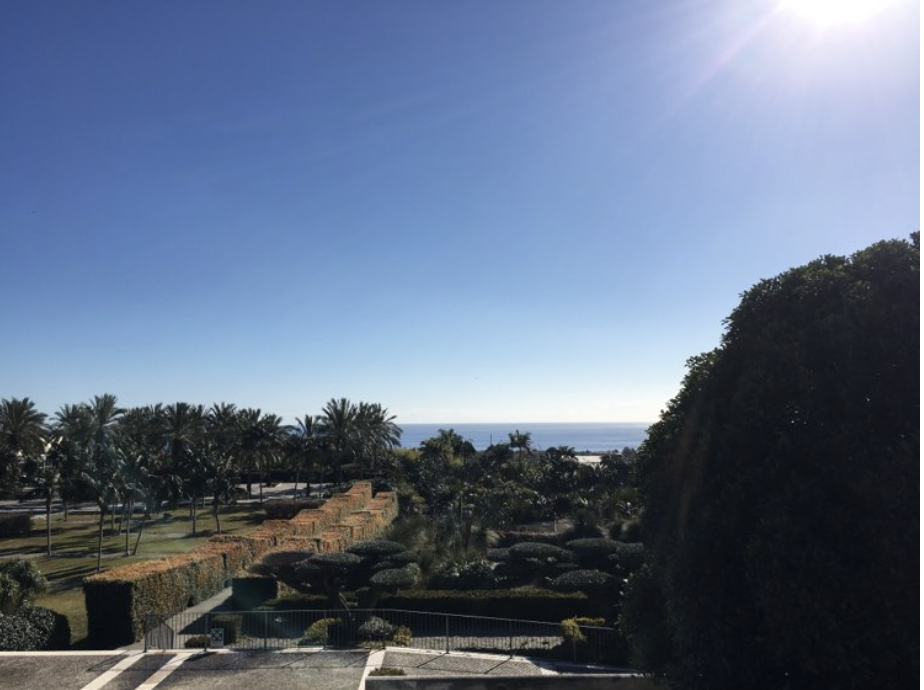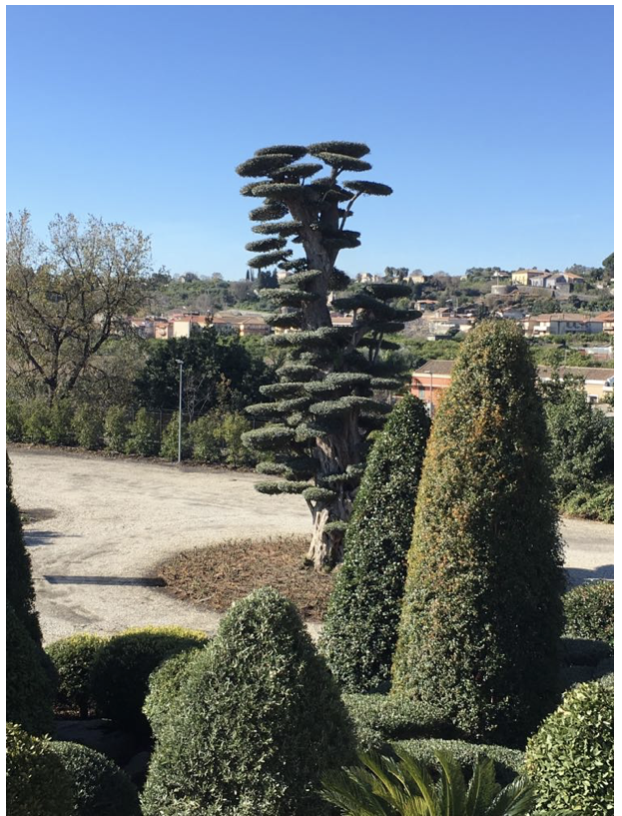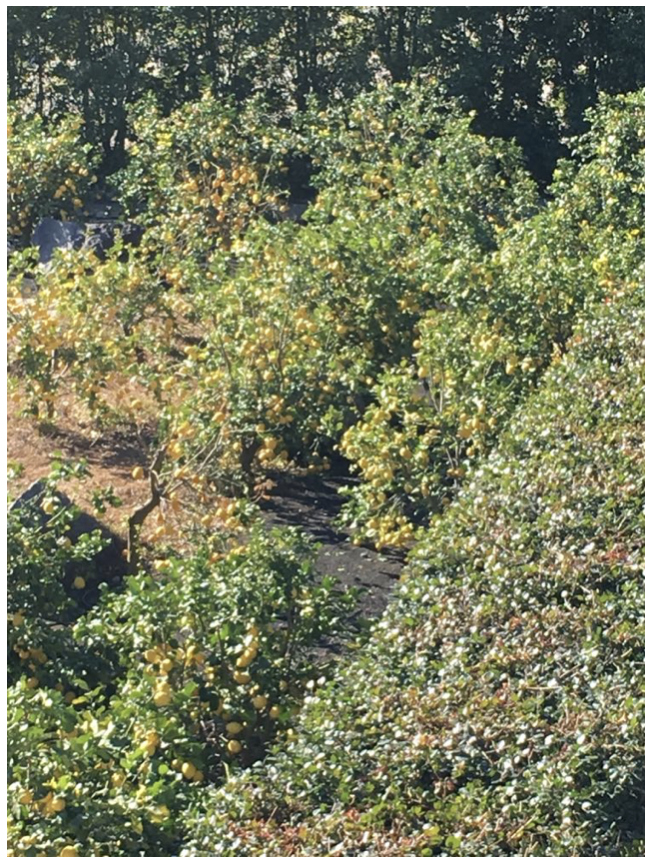Caffé Stagnitta is one of the oldest cafés in Palermo, in 2022 it celebrated a century of life. Although it was originally located in Piazza Venezia, it has been in its current location in Discesa dei Giudici, in the heart of the historic center, since 1931.
In addition to Coffee house, it is also a store and roastery, so they also roast and sell their own coffee blends. In fact, it is precisely a coffee blend to give it its name. "Ideal", was their first blend and Stagnitta the surname of the family that created it and has been running the roastery for four generations.
But the fact that they roast and sell coffee is not the most particular thing about this historic place. If you sit on the open-air terrace you might not understand why it is surrounded by black and white photographs.
Portraits of intellectuals such as Pier Paolo Pasolini, the writer Leonardo Sciascia and the painter Renatto Guttuso, both Sicilians, but also anonymous characters, such as the penetrating gaze of a Palermitan girl with her soccer ball or a bent old woman strolling with an ice cream.
What relationship can be between photography and coffee? The one that was between two people: Ignazio Stagnitta, son of the founder, and Letizia Battaglia, one of Italy's most important photographers. Although they divorced in the 1970s, their relationship is the reason why this café is also a place of Palermo's cultural memory.
Battaglia, who passed away last year, documented the most terrible years of mafia violence, the so-called "years of lead." Today, a memorial plaque commemorates her, her work and her love for Palermo.
